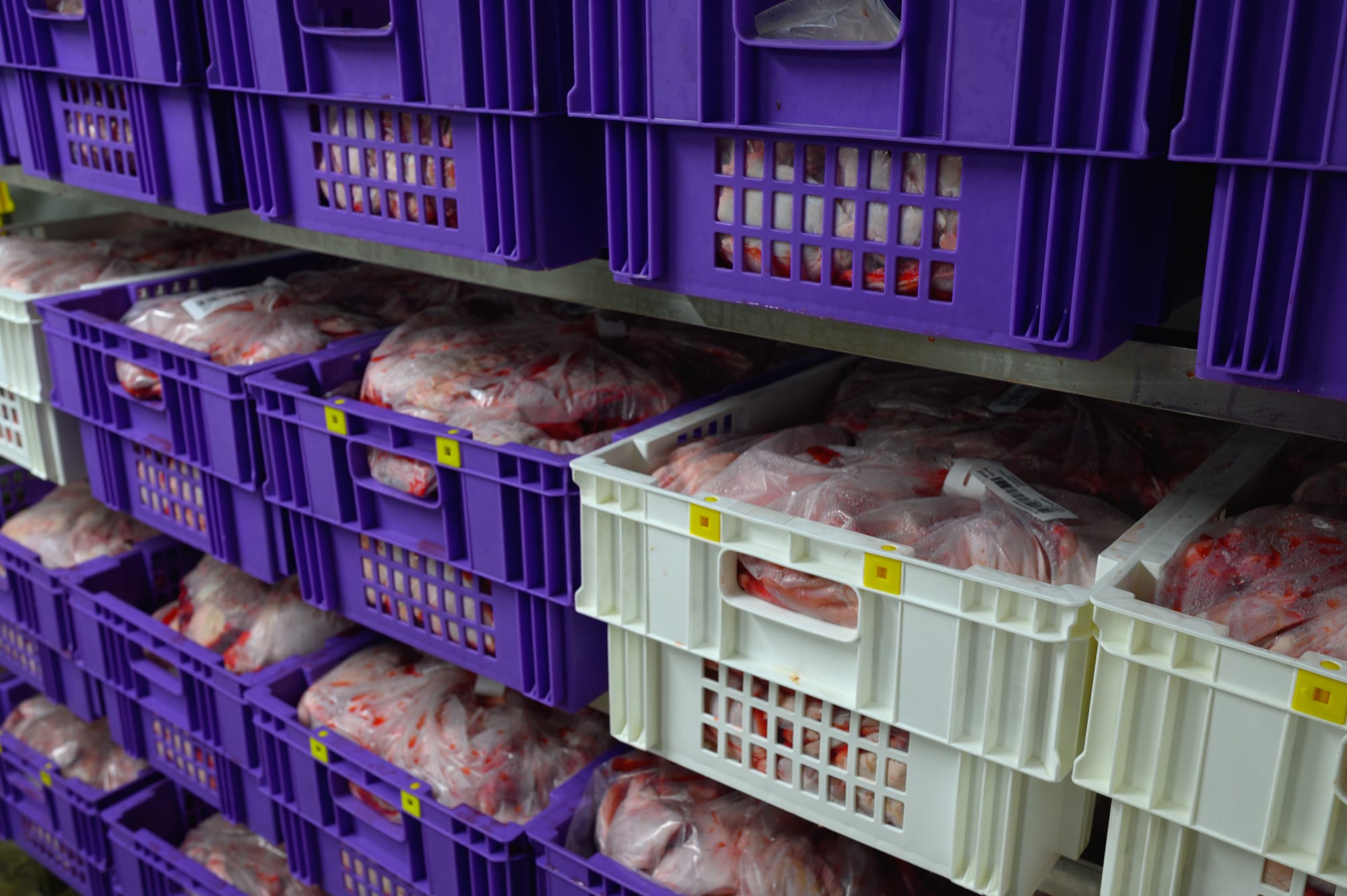Understanding Export Regulations and Requirements for Agricultural Products from West Africa

Exporting agricultural products from West Africa to international markets involves navigating a complex set of regulations and requirements. This guide provides a structured approach to understanding and complying with these regulations to ensure successful and legal export activities.
Step 1: Understand the Specific Agricultural Products
Before initiating the export process, it is crucial to clearly identify and understand the specific types of agricultural products that will be exported. Different products may be subject to different regulations, standards, and requirements. For example, fresh fruits and vegetables, grains, and nuts each have different handling and documentation requirements.
Step 2: Research Destination Market Regulations
Each destination country has its own set of import regulations and requirements which can include sanitary and phytosanitary standards (SPS), quality standards, and packaging regulations. Exporters should connect with trade representatives or consult the trade departments of the destination countries to gather detailed and accurate information. Understanding these requirements early in the process is vital to ensure compliance and prevent any costly rejections at the border.
Step 3: Compliance with Local Export Regulations in West Africa
West African countries have their own regulatory bodies and export guidelines which must be followed in order to legally export agricultural products. Common requirements include:
- Registration with local export promotion agencies.
- Obtaining necessary export licenses and permits.
- Compliance with local phytosanitary and quality standards.
Step 4: Obtain Necessary Certifications and Inspections
Depending on the product and the destination market, certain certifications may be required. These can include phytosanitary certificates, which assert that the products are free from pests and diseases, and quality assurance certificates. Engage with local agricultural departments or specialized agencies to facilitate the necessary inspections and certification processes.
Step 5: Proper Packaging and Labelling
Adequately packaging and labelling agricultural products is crucial for their protection during transportation and for meeting the regulatory requirements of the destination country. Labels should include details such as origin, content, weight, and any other information required by destination countries’ regulations. Packaging should sufficiently protect the products from spoilage and damage during transit.
Step 6: Organize Logistics and Transportation
Effective logistics and transportation are critical to the successful export of perishable agricultural products. Options include air freight for quick delivery but at a higher cost, or sea freight for larger shipments which is more cost-effective but slower. Consider factors such as the speed of delivery required, costs, and the nature of the products when selecting the best transportation mode.
Step 7: Documentation and Customs Clearance
Ensuring all necessary documentation is correctly filled and submitted is essential for smooth customs clearance. Typical export documents include:
- Commercial Invoice
- Packing List
- Bill of Lading or Airway Bill
- Export License
- Phytosanitary Certificate
- Certificate of Origin
Work closely with a customs broker or a freight forwarder who understands both local and destination market regulations to help navigate this complex process.
Step 8: Financial Transactions and Payments
Understanding the financial aspects of exporting, such as payment terms, currency exchange risk, and methods of payment (such as letters of credit, wire transfers, etc.), is crucial. Secure financial arrangements that protect both the exporter and the buyer to ensure smooth transaction and continuity of business.
Step 9: Post-Export Follow up
Following up after the export process is vital to gather feedback, resolve any issues, and maintain good customer relations. This step also includes ensuring compliance with any export quotas and reporting requirements to local and destination authorities as required.
Conclusion:
Effectively exporting agricultural products from West Africa to international markets requires thorough preparation, understanding of relevant regulations, and careful logistical planning. By following these structured steps, exporters can enhance their chances of success in the competitive global market.
Continued learning, adaptability to market changes, and adherence to legal and procedural requirements at all stages of the export process will contribute to ongoing success and growth in the agricultural export sector from West Africa.